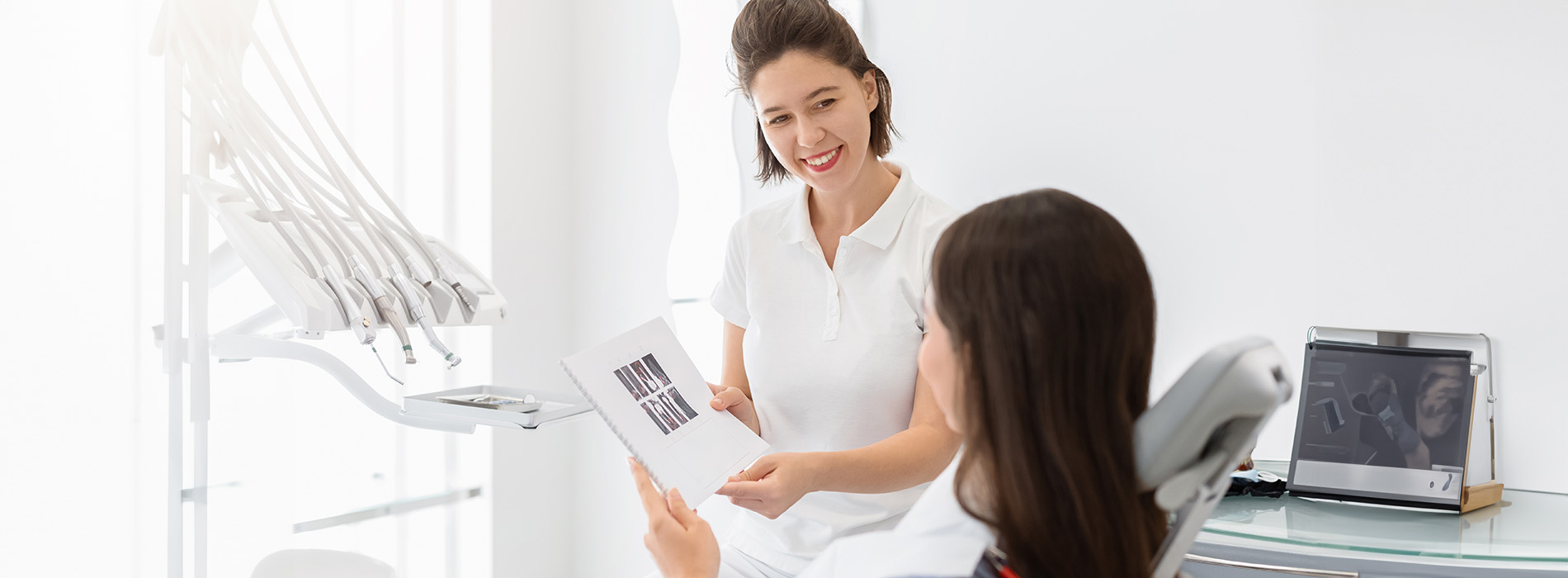Existing Patients
(508) 202-9067
New Patients
(508) 343-8753
★★★★★
Over 150 Reviews

Please read the following instructions carefully for proper post-operative care after root canal treatment.
Your mouth may be numb for several hours after the procedure. Do not bite, scratch, or injure the cheek, lips, or tongue during this time. You can carefully drink little sips of water during this time but avoid eating.
The goal of root canal treatment is to relieve your pain, and in most cases, the pain will be relieved almost immediately. However, some pain from the root canal tooth is expected, especially if you had a symptomatic infection in the tooth before treatment. There may also be some tenderness when chewing.
If painful, you should usually see improvement within 24–48 hours, with gradual improvement over the next few days.
In most cases, over-the-counter pain medication will suffice. Prescription medication, including antibiotics, may be prescribed and should be taken as directed. Occasionally, the pain may last up to two weeks or more, but there should still be daily improvement.
If your symptoms have not improved at all after a week, please call our office immediately. If antibiotics are prescribed, continue to take them for the indicated length of time, even if all symptoms and signs of infection are gone. Some mild facial swelling adjacent to the tooth may occasionally happen and should subside within 48–72 hours.
Tenderness or soreness in the gums where shots were injected or around the tooth that received the root canal (where the rubber dam clamp was placed) is expected and can last for a few days. You may also feel some jaw tenderness from keeping your mouth open for an extended period. Please take over-the-counter pain medicine as needed. In most cases, the soreness is mild. If your symptoms persist more than a week, please call us immediately.
Following treatment, we will place either a temporary or permanent filling or a crown on your tooth. Between appointments, it is common (and not a problem) for a small portion of your temporary filling or crown to wear away or break off. If the entire filling falls out or a temporary crown comes off, please call our office so it can be replaced.
To protect the tooth and help keep your temporary in place, avoid chewing sticky foods (especially gum). Also avoid biting hard foods and substances, such as ice, fingernails, and pencils. If possible, chew only on the opposite side of your mouth.
Usually, the final step after root canal treatment is the placement of a crown on the tooth. A crown covers and protects the tooth from breaking in the future. Unless otherwise noted by the dentist, it is critical to have a crown placed on your root canal-treated tooth as soon as possible. Delaying the final restoration (crown) may result in fracture and/or possible loss of the tooth.
If your bite feels uneven, you have persistent pain, swelling, or an allergic reaction to medication (including rash, hives, or itching), or if you have any other questions or concerns, please call our dental office.
